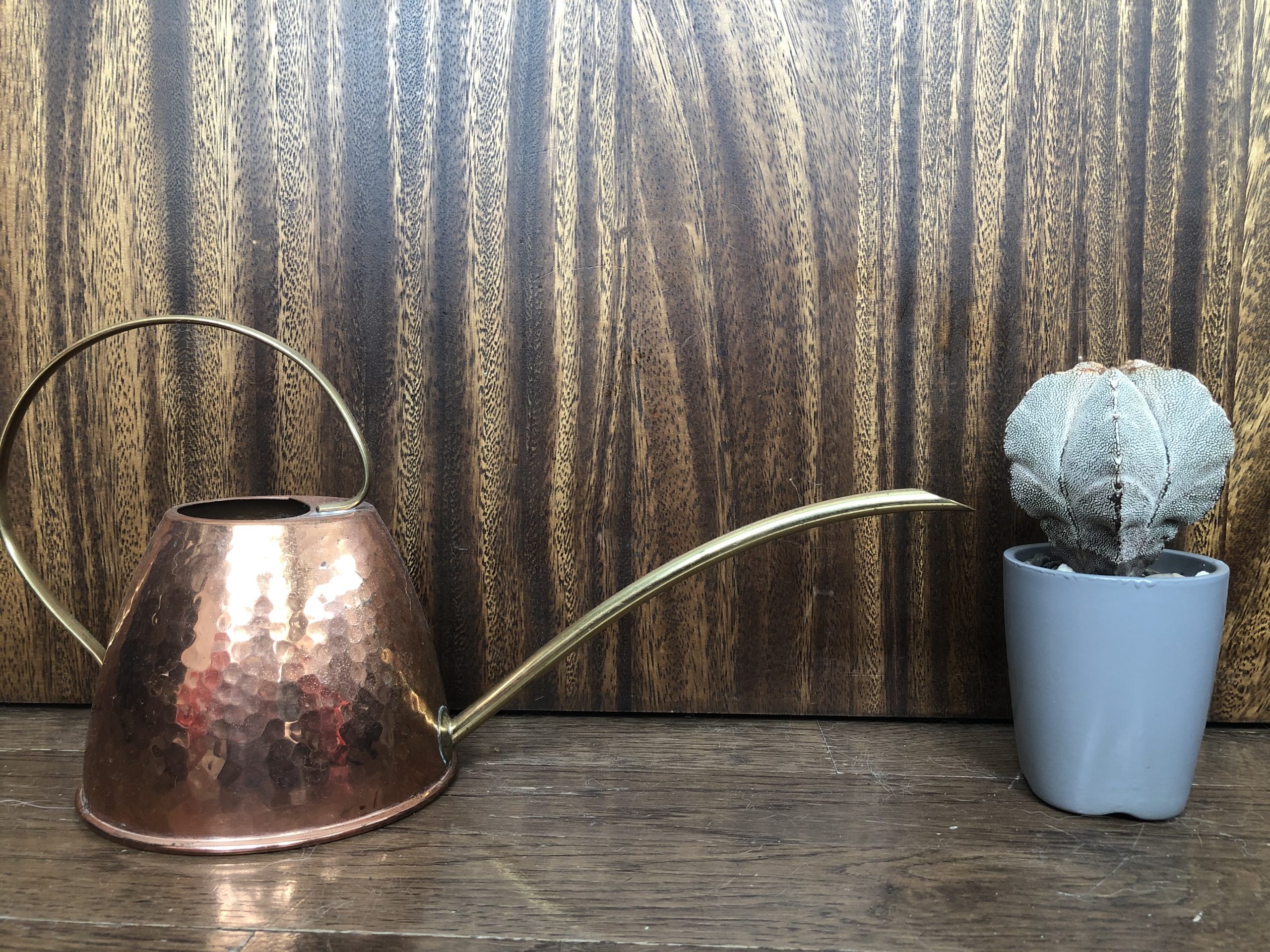Removing a cactus plant from your garden can be a daunting task, akin to trying to extract a thorn from an unwitting hand. Cacti, with their exquisite spines and resilient nature, often become a storied part of any landscape. Yet, circumstances can arise where rehoming becomes essential. Understanding safe methods to navigate this prickly endeavor can transform this task from an ordeal into a manageable garden chore.
Before embarking on your cactus removal journey, it is paramount to acknowledge the inherent traits of these extraordinary succulents. Cacti possess an intricate system designed for survival in some of the harshest environments, making them both stunning additions to gardens and formidable foes when it comes time for removal. Equipped with an understanding of their biology and a few strategies, you can ensure a safe and effective transition.
Identify the Cactus Species: Know Your Prickly Friend
The first step in this removal venture is to identify the species of cactus you are dealing with. This is crucial, as various species have different growth patterns and root structures. Some cacti have shallow, extensive root systems, while others may boast deeper, more unyielding anchors. Additionally, certain varieties are notorious for their aggressive prickles or glochids, which can turn the removal process into a painful ordeal if not approached properly.
Begin by conducting an assessment of the cactus’s height, width, and root depth. This knowledge will not only prepare you for its removal but will also inform you about how to handle it safely. Not all cacti require the same treatment; for instance, larger species, such as the saguaro, demand heavier equipment and more teamwork, while smaller, more delicate varieties can be lifted by hand.
Essential Gear: Armor Up for the Task
Once you have identified your cactus and its traits, the next step is to assemble the appropriate gear. Imagine preparing for battle—a foolhardy warrior risks injury without suitable armor. For cactus removal, this means wearing thick gloves made of material that can withstand tears and punctures, as well as long sleeves to shield your skin from unexpected pricks.
In addition to protective clothing, gather tools designed for gardening tasks such as a shovel or spade, which will aid in loosening the plant from the earth. You may also want a garden fork for stubborn roots, a tarp for easy cleanup, and containers to transport the cactus if you plan to replant it or relocate it elsewhere.
Finally, consider using a pair of tongs or an old piece of carpet to help grasp the plant. These aids will protect your hands from the worst of the spines, ensuring a more secure grip and a smoother extraction process.
Digging In: The Art of Cactus Removal
With your protective gear and tools at the ready, it is now time to start the removal process. Approach the plant with an attitude of respect; after all, you are dealing with a living organism that has weathered many storms. Begin at the base of the cactus, using your shovel or spade to gently dig around the perimeter, creating a trench that will allow you to loosen the soil surrounding the root system. Work your way in a circular motion, gradually deepening the trench.
As you dig, pay careful attention to the texture of the soil. Is it sand-like or clay-heavy? Understanding the soil composition will help you adjust your technique. If you encounter particularly stubborn roots, patience is key. Use your garden fork to gently pry the roots free instead of yanking them, which may result in irreversible damage to the plant.
Once you’ve loosened the soil sufficiently, grasp the cactus as you would a delicate porcelain figurine. Aim to lift it vertically to prevent breaking off any roots, which can hinder the plant’s chances of survival if you plan to transplant it. If the cactus is large, enlisting a friend can aid in providing additional support.
Rehoming Your Cactus: New Beginnings
After successfully removing the cactus from its original location, the next crucial step lies in deciding its fate. If relocation is your goal, be prepared to plant it in a well-draining soil that mimics its natural desert habitat. Cacti thrive in sandy, gritty compositions that allow for proper drainage while still providing some substance for growth.
If you intend to dispose of the cactus, consider the environment carefully. Local ordinances may prohibit the throwing of live plants into trash bins, and composting might not be viable due to their spiny nature. Instead, look for eco-friendly disposal options, such as local gardening clubs or community composting initiatives.
Conclusion: The Circle of Life in Your Garden
Removing a cactus from your garden need not be a perilous task. By understanding the species, preparing adequately, and executing a careful removal plan, you can navigate this process with grace and confidence. As with all aspects of gardening, removing a cactus is not just a physical act but a testament to the ebb and flow of life within your landscape. Each cactus carries its own story, and whether you choose to relocate or remove, you honor that narrative as you nurture the evolving tapestry of your garden.





Leave a Comment